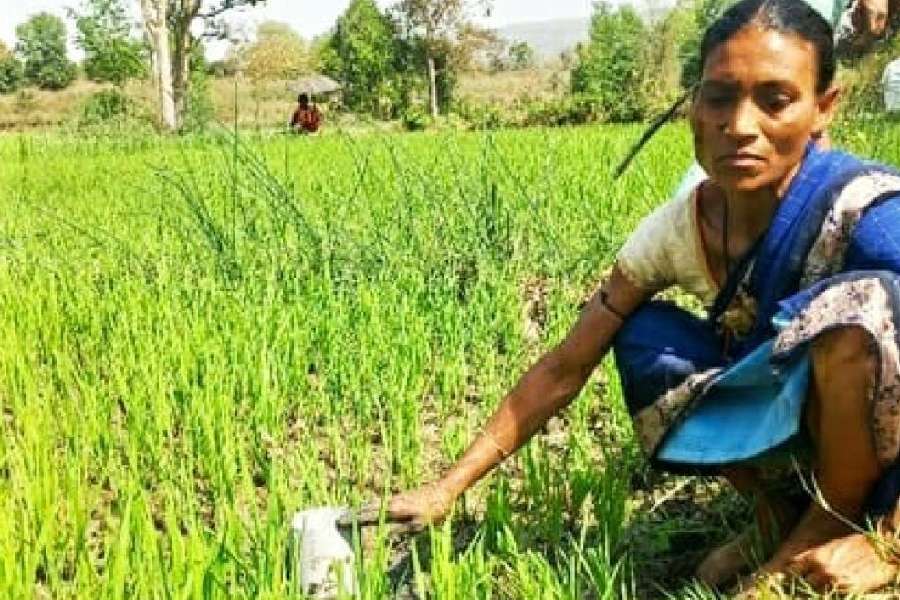Farmers in Jharkhand, which is experiencing a rain deficit of 49 per cent, can now replicate a low water usage, cost-effective and environment-friendly rice farming method that has been successfully launched in Pakur and Bokaro districts.
With the help of an NGO, SwitchON Foundation, over 30 farmers in Pakur and Bokaro districts have used the alternate wetting and drying (AWD) technique on landholding of 85 bighas.
SwitchON Foundation has been espousing the cause of environmental protection across the country.
Ekta Jaju, the co-founder of SwichON Foundation, said: “Traditional rice cultivation involves flooding fields, creating a waterlogged environment. This method, however, leads to significant methane emissions, a potent greenhouse gas, contributing to climate change. The labour-intensive nature of traditional rice farming also drives up production costs, posing economic challenges for farmers.”
The foundation introduced AWD methods for 20 farmers in Bokaro and 10 farmers in Pakur for the rabi season (between January and April).
Ekta added: “This sustainable irrigation method was implemented on a pilot basis covering 30 farmers and landholdings of around 85 bighas. Such areas were explored where traditional flooding was prevalent and the demography included small and marginal farming families vulnerable to climate change impacts and resource constraints.”
Malti Devi, a farmer from Badhagodha in Bokaro, who was hesitant to take up the AWD method, agreed after learning the benefits of it. “By monitoring the water levels and allowing the field to dry intermittently before re-flooding, I have noticed several positive changes. My water usage decreased by nearly 25-30 per cent, reducing my irrigation costs significantly,” said Malti.










